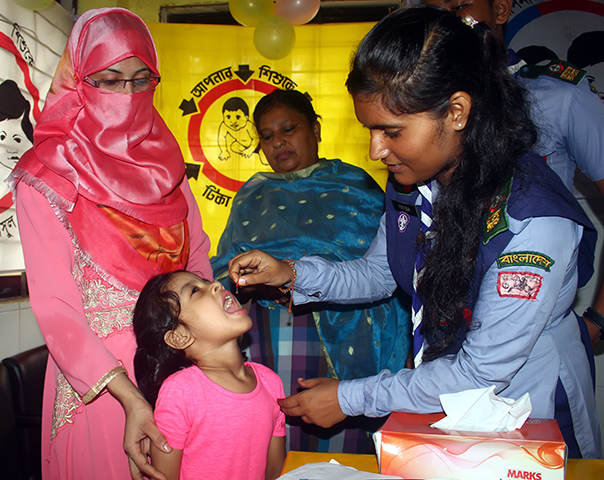Using Chatbots and Social Media Data from the Philippines to Identify Consumer Protection Issues in Digital Financial Services
Over the past decade, digital finance contributed significantly to the 35 percent fall of the unbanked population globally.[1] However, new risks are also emerging, such as fraud targeting mobile money accounts, or debt stress from high-cost digital consumer lending.[2] To address these risks, digital service providers are taking advantage of new technologies, such as social media and smart chatbots, to create alternative channels for consumers to raise concerns and seek assistance. The data generated by these technologies offer a unique opportunity for real-time monitoring of consumer experiences, with the potential to provide valuable insights to authorities and regulators seeking to combat fraud.
The Central Bank of the Philippines, Bangko Sentral ng Pilipinas (BSP), launched its consumer assistance chatbot in July 2020, to provide more accessible, timely, and efficient complaints resolutions. The chatbot can handle queries and complaints from consumers through the chatbot, its website, SMS, and Facebook. This chatbot is part of BSP’s efforts to increase digital finance access while protecting users from fraud and other risks. In addition to launching the chatbot, BSP uses social media to capture the concerns raised by those who choose not to file formal complaints and offer a more user-friendly way to engage.
Researchers developed an intervention to understand the differences in the types of complaints, sentiments, and segmentations between chatbot and social media data, and generate recommendations for the improvement of the chatbot's complaint system. To do this, they analyzed chatbot data from July 2020 to June 2021 to identify the most common complaints, sentiments of the complaints (positive, negative, neutral), the profile of complainers, as well as the chatbot’s performance. Researchers also extracted data from Facebook, Twitter, and Google Reviews pertaining to BSP and more than 100 providers for the period of August 2020 to August 2021 to study the common topics, sentiment, and segmentation in the social media data. In addition, they analyzed the interaction between providers and consumers, such as response rate, and its correlation with other factors such as topics and attitudes toward the institutions.
Results showed that the most common complaints were customer service and lending-related issues. Issues related to the performance of the chatbot also arose, as only 20 percent of chats reached the end of their conversation. The chatbot was able to categorize 74 percent of complaints, which saved substantial time for BSP staff members, who previously had to parse through the complaint data manually to classify each complaint. However, human review of data points that cannot be easily classified will still be necessary to ensure accuracy. Overall, the BSP chatbot has shown potential for timely and effective consumer redress if the performance issues identified can be improved upon.
Sources
[1] World Bank, 2021. “On fintech and financial inclusion”. https://blogs.worldbank.org/psd/fintech-and-financial-inclusion
[2] World Bank, 2021. “Consumer Risks in Fintech, New Manifestations of Consumer Risks and Emerging Regulatory Approaches”. https://documents1.worldbank.org/curated/en/515771621921739154/pdf/Consumer-Risks-in-Fintech-New-Manifestations-of-Consumer-Risks-and-Emerging-Regulatory-Approaches-Policy-Research-Paper.pdf












